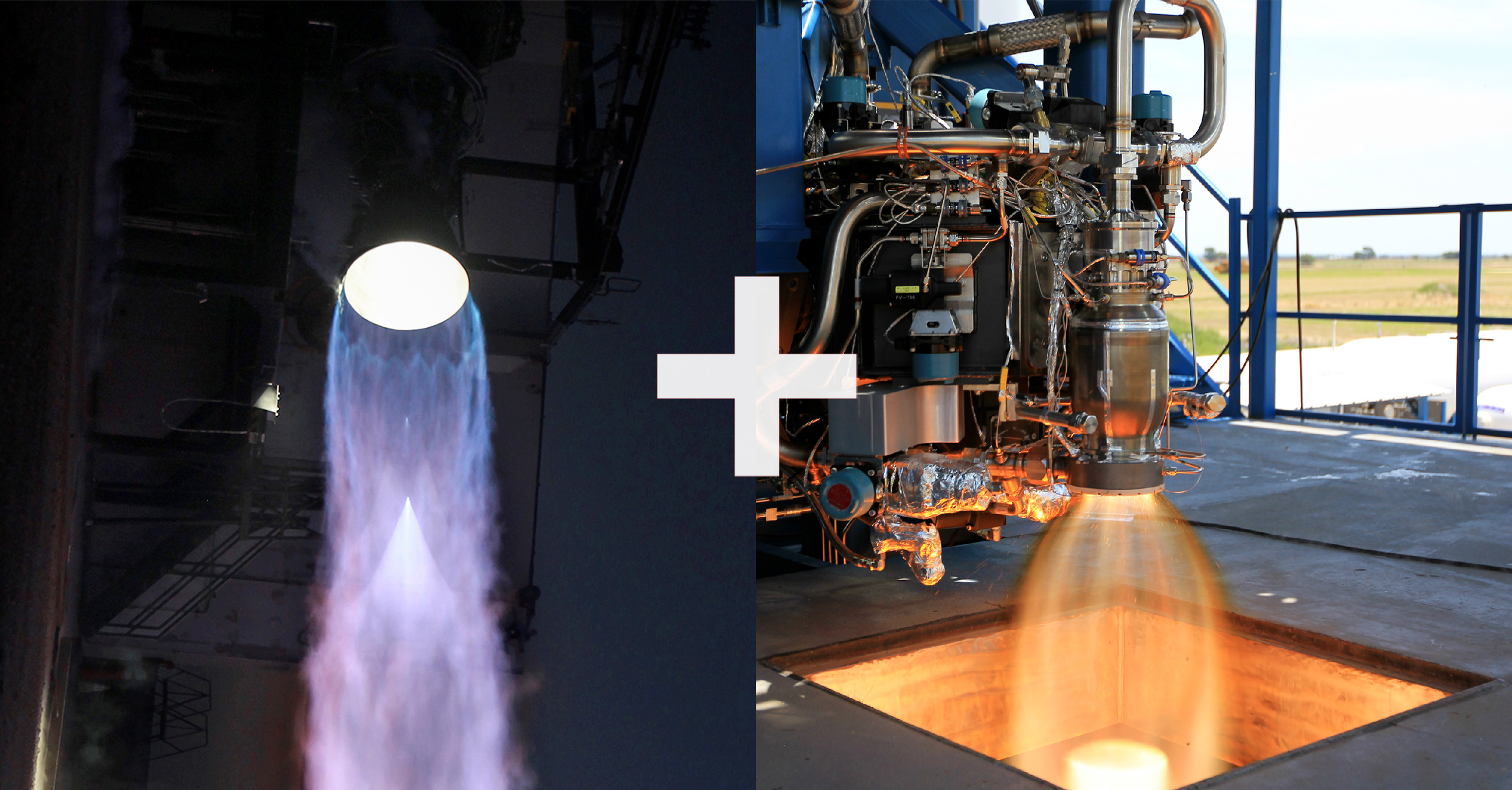
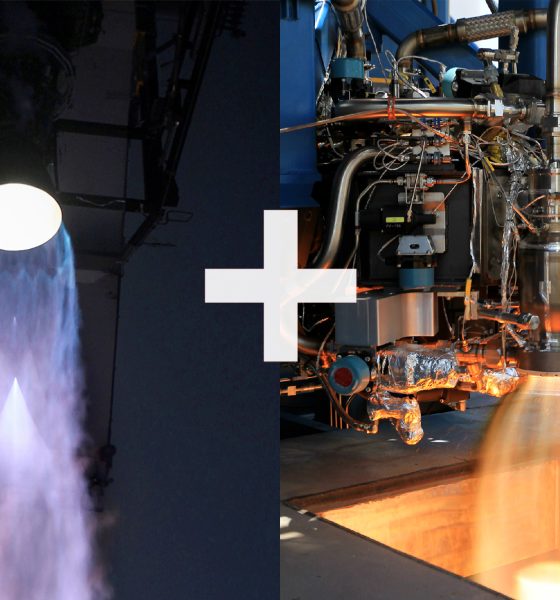
News
SpaceX Starship booster’s ‘hot gas’ thrusters make first public appearance
‘Hot gas’ thrusters meant to boost the efficiency of SpaceX’s Starship spacecraft and Super Heavy boosters have been spotted in public for the first time.
On the evening of June 21st, spaceflight photographer Brady Kenniston – on assignment for NASASpaceflight – caught the first glimpses ever of what amounts to the newest rocket engine designed and built by SpaceX. As yet unnamed, SpaceX CEO Elon Musk has consistently referred to the new engine as a “hot gas thruster” for several years, though virtually no concrete details have ever been shared.
The reason behind the lack of major visible progress is simple enough: until Starship is ready for serious orbital testing, hot-gas thrusters just aren’t necessary. Instead, SpaceX has relied on tried and true cold gas thrusters derived – or quite literally taken, in the case of Starhopper – from those used on Falcon 9 and Falcon Heavy boosters to maintain attitude control in space and safely land back on Earth.
For Starhopper and Starships SN5 and SN6, all three of which focused on simple hop tests, those cold-gas thrusters primarily augmented Raptor’s thrust vectoring capabilities by fine-tuning vehicle rotation and attitude. On Starships SN8, SN9, SN10, SN11, and SN15, cold-gas thrusters played a more substantial role in their more complex medium-altitude test flights, flipping each ship horizontal at apogee, helping to maintain stability during skydiver-style freefalls back to Earth, and augmenting three Raptor engines during the final landing flip and landing burn.
By all appearances, the thrusters did their jobs perfectly on all nine test flights. However, those eight suborbital prototypes could all afford to expend large portions of their mass budgets on a plethora of pressure vessels filled with tons of nitrogen gas. More importantly, empty Starships and their Super Heavy boosters are expected to weigh anywhere from 10-50 times more than Falcon 9’s booster and upper stage, and SpaceX’s suborbital prototypes have also required much less performance (delta V) than operational ships and boosters will need.
Cold gas (nitrogen) thrusters are too inefficient and the exponential aspects of rocket engineering too cruel for what works on Falcon to efficiently meet the needs of Starship and Super Heavy. SpaceX’s long-planned solution has been the development of a bipropellant thruster that would borrow from Raptor expertise and use the same methane and oxygen propellant – albeit in their high-pressure gaseous forms. If properly realized, such a thruster could offer around five times the efficiency and thrust of a similarly-sized cold-gas system – a boon for maneuvering and manipulating massive 100-250 ton (~250,000-550,000 lb) ships and boosters in space.
In theory, moving from nitrogen to methalox thrusters also means that Starship could refuel its thrusters using a tiny fraction of the vast supply of liquid methane and oxygen propellant it will already be carrying to the Moon or Mars. Ultimately, though, Musk says that those hot gas attitude control thrusters will debut on the Super Heavy booster assigned to Starship’s first orbital test flight. While SpaceX’s initial July target now appears to be out of the question, all flight and pad hardware could still be ready to launch as early as August or September.
Update: One month after Elon Musk stated that SpaceX was “aiming” to have hot gas thrusters on the first flightworthy Super Heavy booster, the CEO says those thrusters would be “an unnecessary complication for now” and “are being removed to speed up time to” Starship’s first orbital launch.

News
Tesla launches its new branded Supercharger for Business with first active station
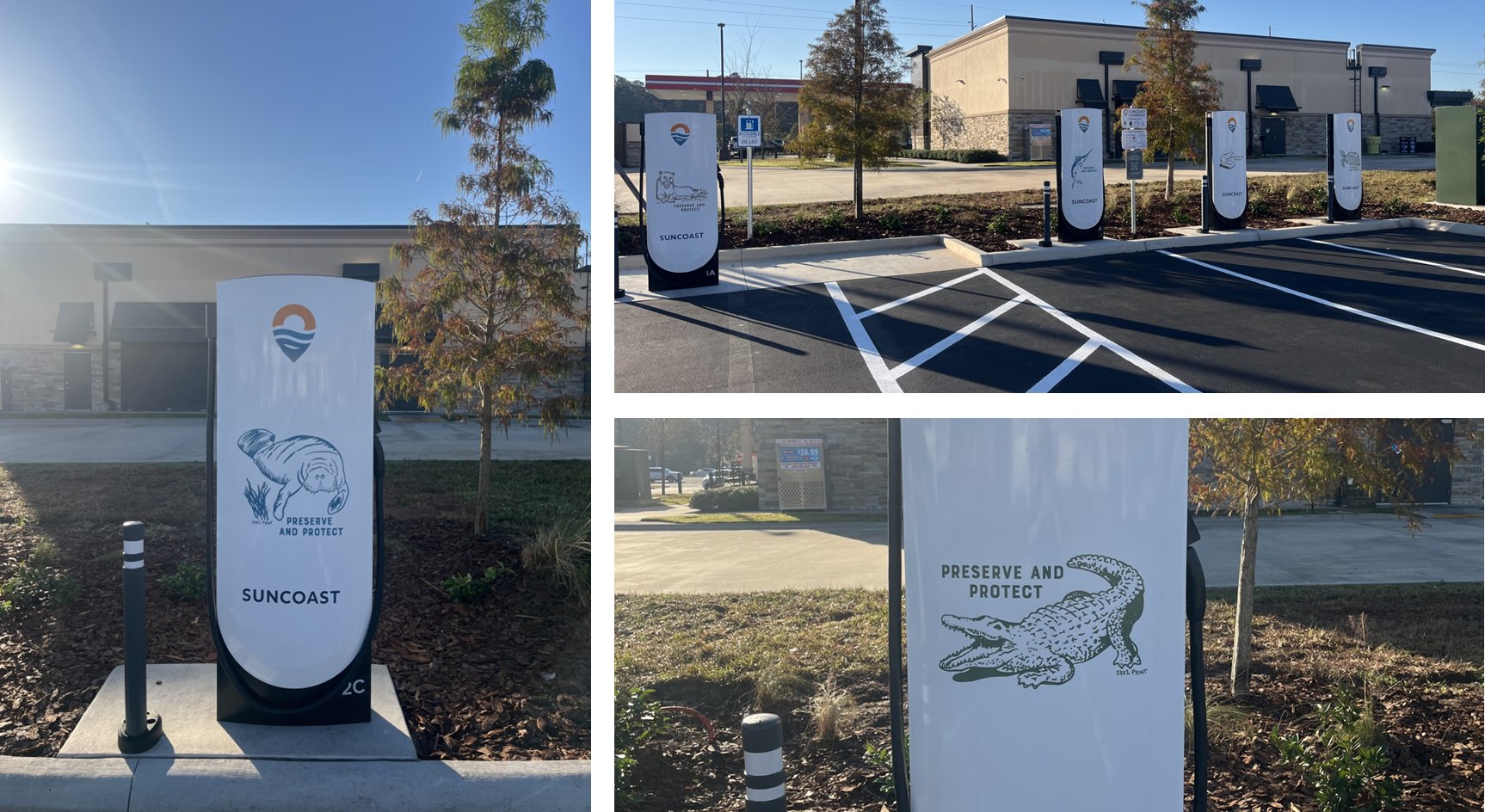
Tesla has officially launched its first branded Supercharger just months after initiating a new program that allows third-party companies to brand their own charging piles.
The site opened in Land O’ Lakes, Florida, and features eight V4 Supercharging stalls offering up to 325 kW of charging speed. It appears it was purchased by a company called Suncoast Credit Union. This particular branch is located Northeast of Tampa, which is on the Gulf of Mexico.
It features graphics of Florida animals, like alligators:
Here’s a video of the graphics being installed on the Tesla Superchargers at this site: https://t.co/oIfEPNZjAH pic.twitter.com/ENWakZ2qT9
— TESLARATI (@Teslarati) November 20, 2025
Tesla launched this program back in September, and it basically was a way to expand its Supercharger presence and also allow companies to pay for the infrastructure. Tesla maintains it. When it announced the “Supercharger for Business,” it said:
“Purchase and install Superchargers at your business. Superchargers are compatible with all electric vehicles, bringing EV drivers to your business by offering convenient, reliable charging.”
The program does a few things. Initially, it expands EV charging infrastructure and makes charging solutions more readily available for drivers. It can also attract people to those businesses specifically.
Tesla launches new Supercharger program that business owners will love
The chargers can also be branded with any logo that the business chooses, which makes them more personalized and also acts as an advertisement.
The best part is that the customers do not have to maintain anything about the Supercharger. Tesla still takes care of it and resolves any issues:
“We treat your site like we treat our sites. By providing you with a full-service package that includes network operations, preventative maintenance, and driver support, we’re able to guarantee 97% uptime–the highest in the industry.”
It appears the Superchargers will also appear within the in-car nav during routing, so they’ll be publicly available to anyone who needs to use them. They are still available to all EVs that have worked with Tesla to utilize its infrastructure, and they are not restricted to people who are only visiting the business.
Cybertruck
Tesla reveals its Cybertruck light bar installation fix
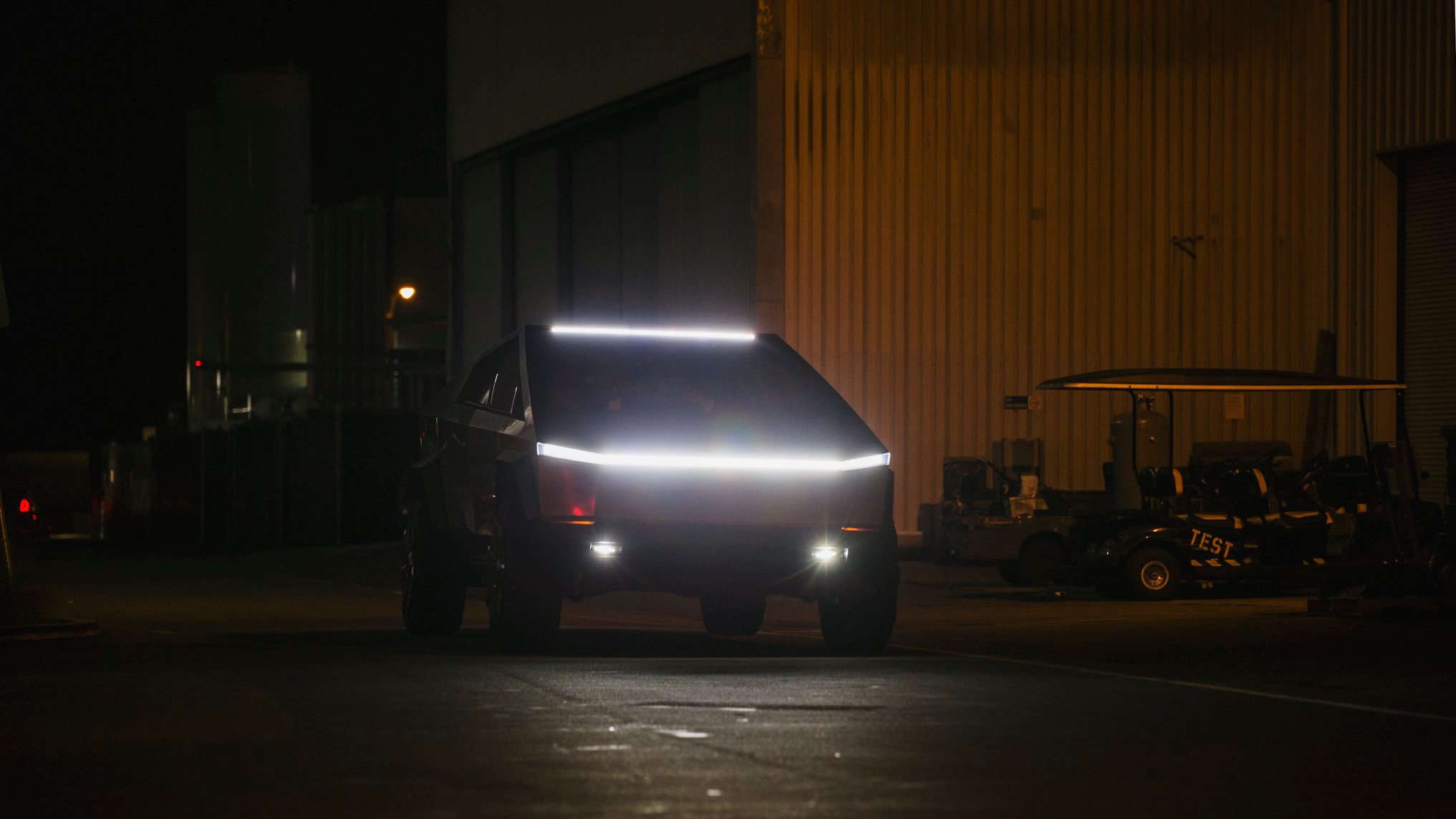
Tesla has revealed its Cybertruck light bar installation fix after a recall exposed a serious issue with the accessory.
Tesla and the National Highway Traffic Safety Administration (NHTSA) initiated a recall of 6,197 Cybertrucks back in October to resolve an issue with the Cybertruck light bar accessory. It was an issue with the adhesive that was provided by a Romanian company called Hella Romania S.R.L.
Tesla recalls 6,197 Cybertrucks for light bar adhesive issue
The issue was with the primer quality, as the recall report from the NHTSA had stated the light bar had “inadvertently attached to the windshield using the incorrect surface primer.”
Instead of trying to adhere the light bar to the Cybertruck with an adhesive, Tesla is now going to attach it with a bracketing system, which will physically mount it to the vehicle instead of relying on adhesive strips or glue.
Tesla outlines this in its new Service Bulletin, labeled SB-25-90-001, (spotted by Not a Tesla App) where it shows the light bar will be remounted more securely:
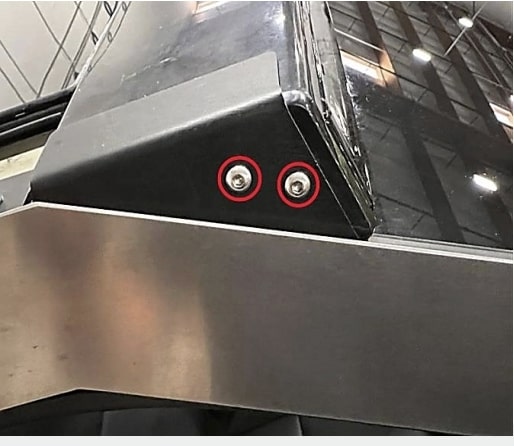
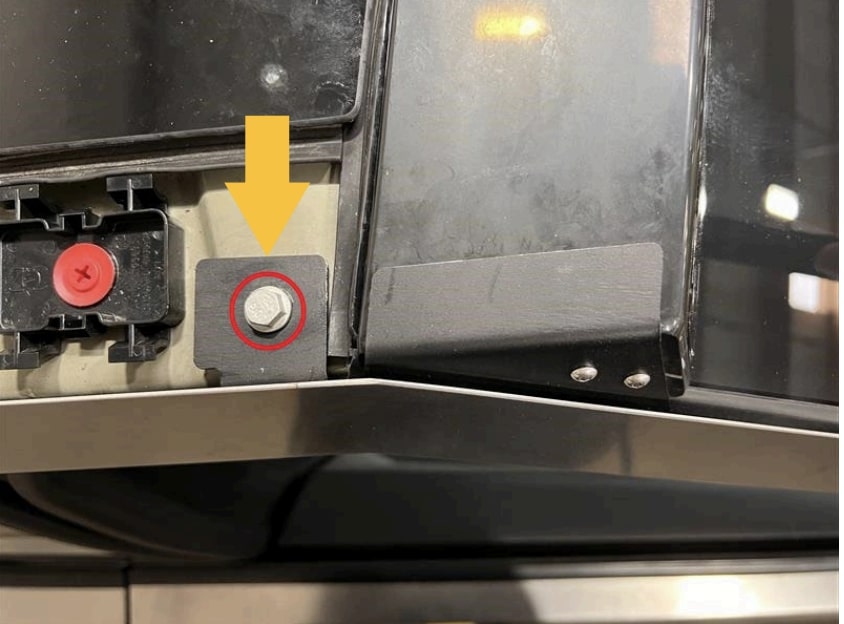
The entire process will take a few hours, but it can be completed by the Mobile Service techs, so if you have a Cybertruck that needs a light bar adjustment, it can be done without taking the vehicle to the Service Center for repair.
However, the repair will only happen if there is no delamination or damage present; then Tesla could “retrofit the service-installed optional off-road light bar accessory with a positive mechanical attachment.”
The company said it would repair the light bar at no charge to customers. The light bar issue was one that did not result in any accidents or injuries, according to the NHTSA’s report.
This was the third recall on Cybertruck this year, as one was highlighted in March for exterior trim panels detaching during operation. Another had to do with front parking lights being too bright, which was fixed with an Over-the-Air update last month.
News
Tesla is already expanding its Rental program aggressively
The program has already launched in a handful of locations, specifically, it has been confined to California for now. However, it does not seem like Tesla has any interest in keeping it restricted to the Golden State.
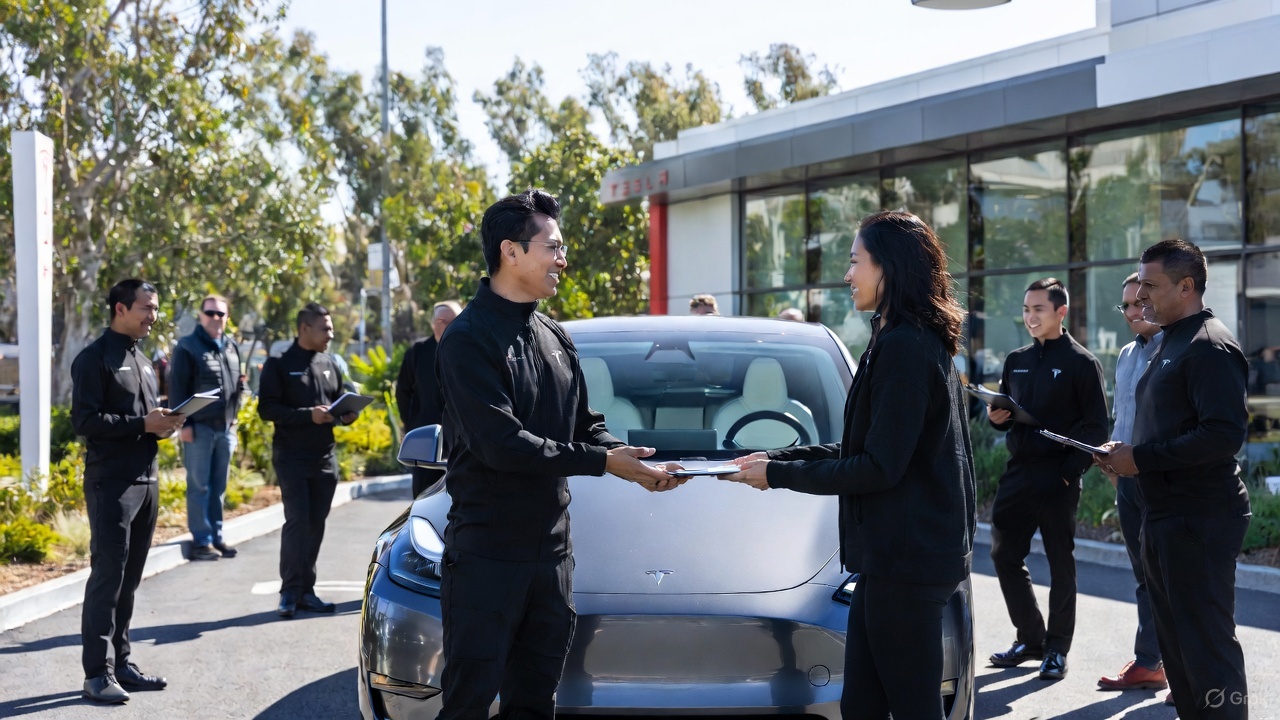
Tesla is looking to expand its Rental Program aggressively, just weeks after the program was first spotted on its Careers website.
Earlier this month, we reported on Tesla’s intention to launch a crazy new Rental program with cheap daily rates, which would give people in various locations the opportunity to borrow a vehicle in the company’s lineup with some outrageous perks.
Along with the cheap rates that start at about $60 per day, Tesla also provides free Full Self-Driving operation and free Supercharging for the duration of the rental. There are also no limits on mileage or charging, but the terms do not allow the renter to leave the state from which they are renting.
🚨🚨 If you look up details on the Tesla Rental program on Google, you’ll see a bunch of sites saying it’s because of decreasing demand 🤣 pic.twitter.com/WlSQrDJhMg
— TESLARATI (@Teslarati) November 10, 2025
The program has already launched in a handful of locations, specifically, it has been confined to California for now. However, it does not seem like Tesla has any interest in keeping it restricted to the Golden State.
Job postings from Tesla now show it is planning to launch the Rental program in at least three new states: Texas, Tennessee, and Massachusetts.
The jobs specifically are listed as a Rental Readiness Specialist, which lists the following job description:
“The Tesla Rental Program is looking for a Rental Readiness Specialist to work on one of the most progressive vehicle brands in the world. The Rental Readiness Specialist is a key contributor to the Tesla experience by coordinating the receipt of incoming new and used vehicle inventory. This position is responsible for fleet/lot management, movement of vehicles, vehicle readiness, rental invoicing, and customer hand-off. Candidates must have a high level of accountability, and personal satisfaction in doing a great job.”
It also says that those who take the position will have to charge and clean the cars, work with clients on scheduling pickups and drop-offs, and prepare the paperwork necessary to initiate the rental.
The establishment of a Rental program is big for Tesla because it not only gives people the opportunity to experience the vehicles, but it is also a new way to rent a car.
Just as the Tesla purchasing process is more streamlined and more efficient than the traditional car-buying experience, it seems this could be less painful and a new way to borrow a car for a trip instead of using your own.








